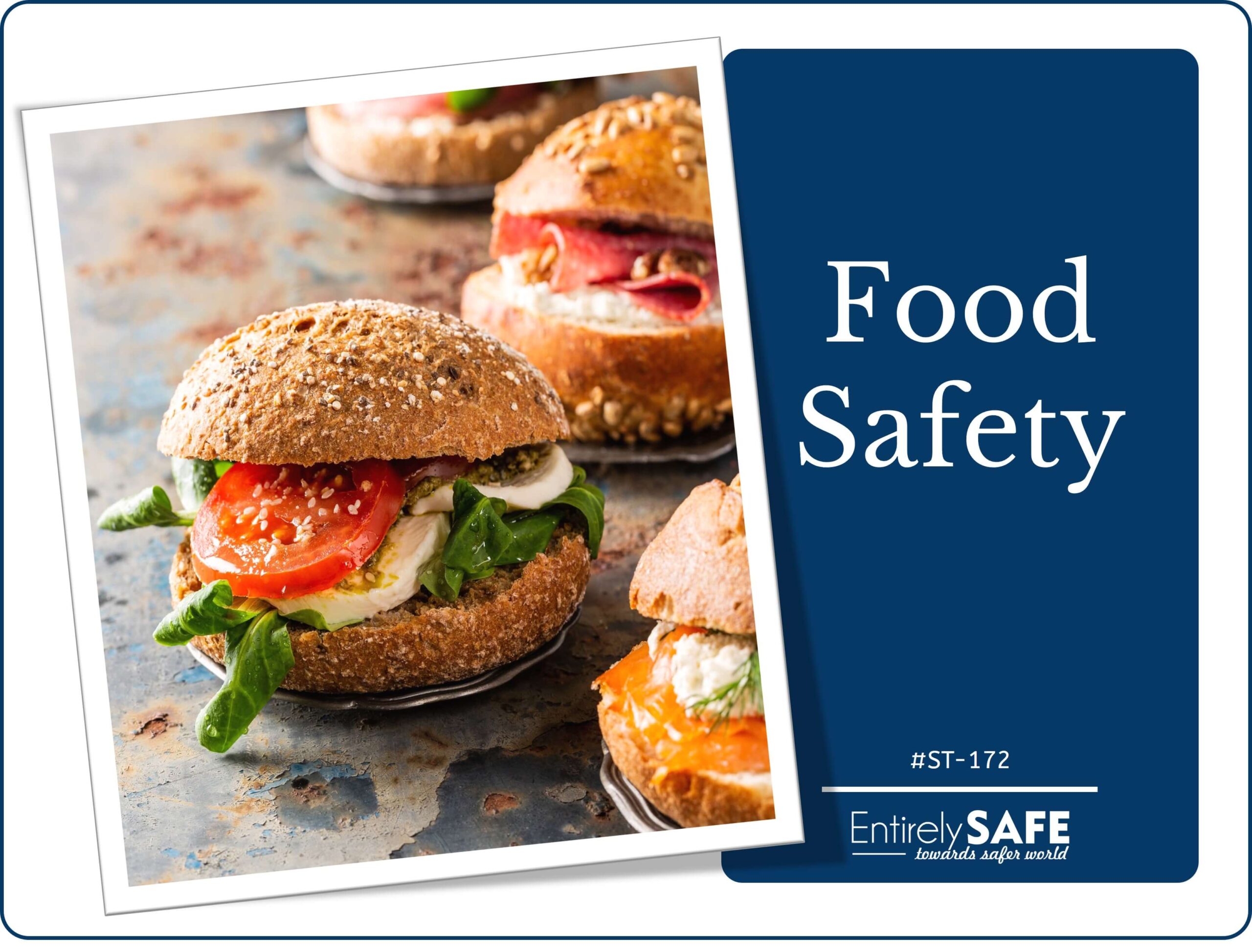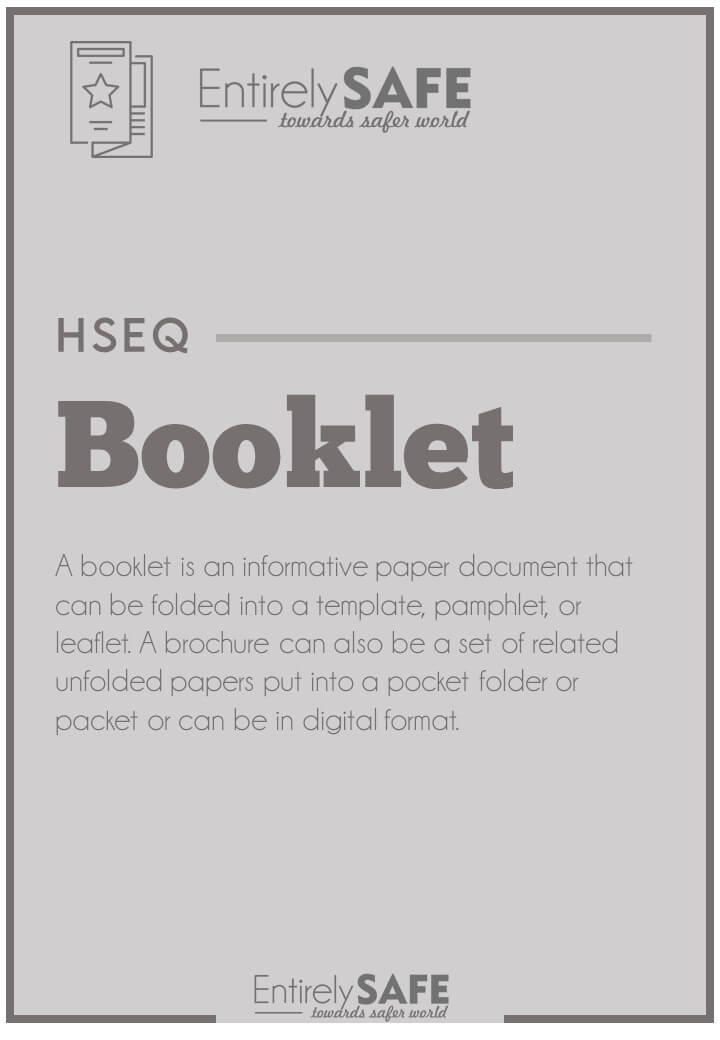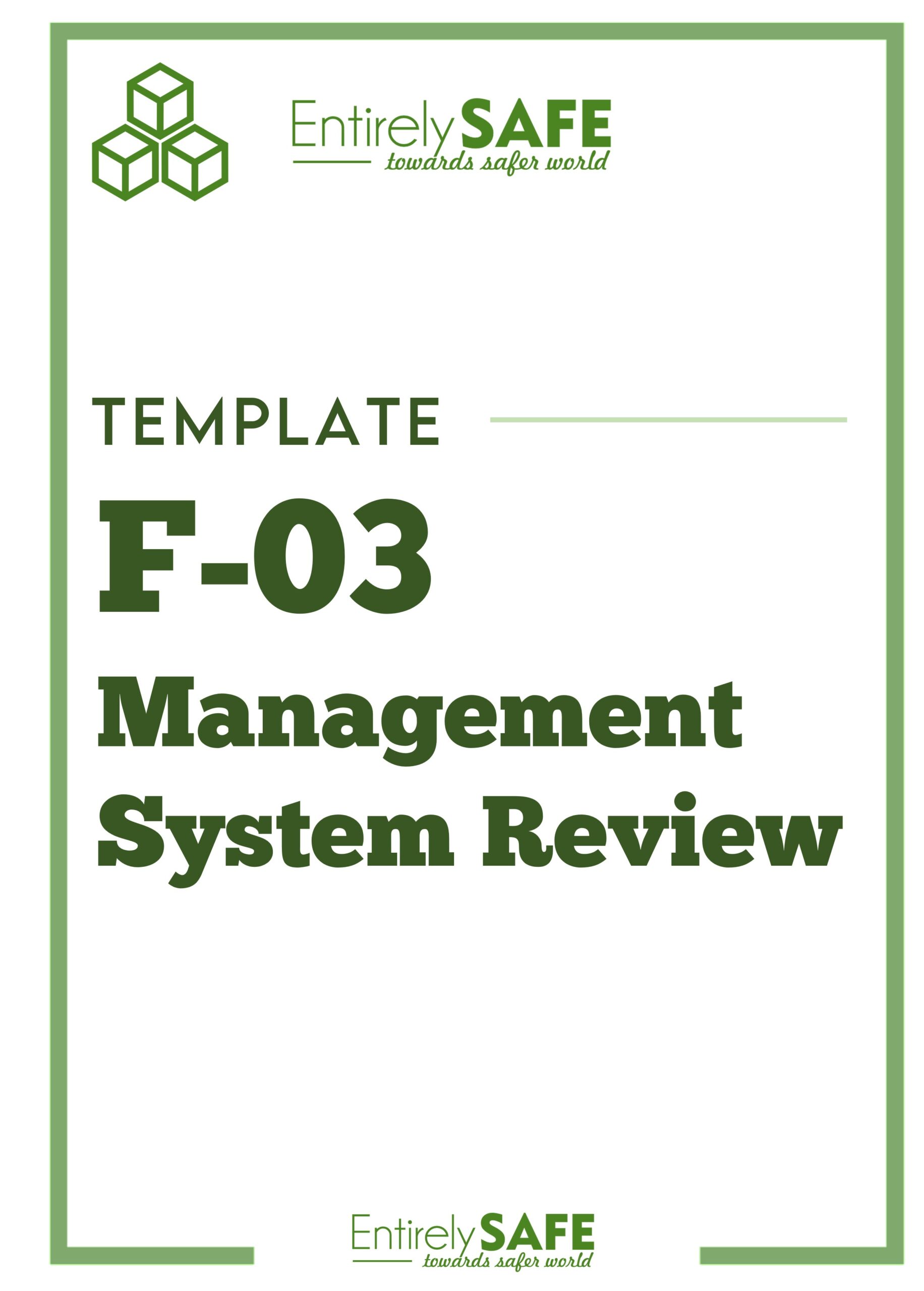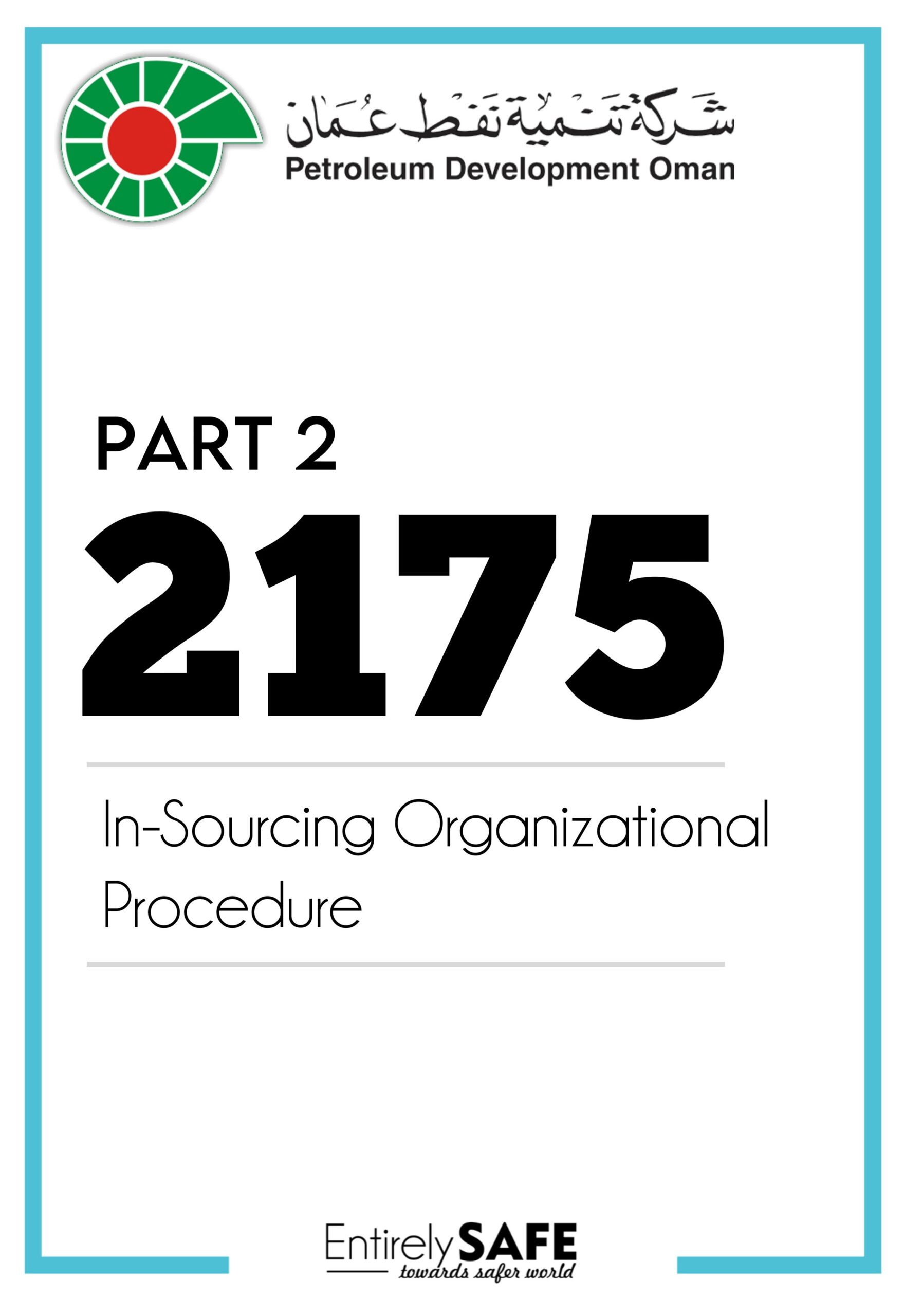Food Safety Training Presentation
ID:
ST-172
Version:
1
File Type:
PPT
Size:
2 Mb
Organization:
EntirelySafe.com
Published:
2022
Country:
Global
Type:
Training Presentation
Pages:
78 pages
Language:
English [EN]
Food safety (or food hygiene) is used as a scientific method/discipline describing handling, preparation, and storage of food in ways that prevent foodborne illness. The occurrence of two or more cases of a similar illness resulting from the ingestion of a common food is known as a food-borne disease outbreak.
This includes a number of routines that should be followed to avoid potential health hazards. In this way, food safety often overlaps with food defense to prevent harm to consumers. The tracks within this line of thought are safety between industry and the market and then between the market and the consumer. In considering industry-to-market practices, food safety considerations include the origins of food including the practices relating to food labeling, food hygiene, food additives, and pesticide residues, as well as policies on biotechnology and food and guidelines for the management of governmental import and export inspection and certification systems for foods. In considering market-to-consumer practices, the usual thought is that food ought to be safe in the market and the concern is safe delivery and preparation of the food for the consumer.
Food can transmit pathogens which can result in the illness or death of the person or other animals. The main types of pathogens are bacteria, viruses, parasites, and fungi. Food can also serve as a growth and reproductive medium for pathogens. In developed countries, there are intricate standards for food preparation, whereas in lesser developed countries there are fewer standards and less enforcement of those standards. Even so, in the US, in 1999, 5,000 deaths per year were related to foodborne pathogens.
Another main issue is simply the availability of adequate safe water, which is usually a critical item in the spreading of diseases.
In theory, food poisoning is 100% preventable. However, this cannot be achieved due to the number of persons involved in the supply chain, as well as the fact that pathogens can be introduced into foods no matter how many precautions are taken.









